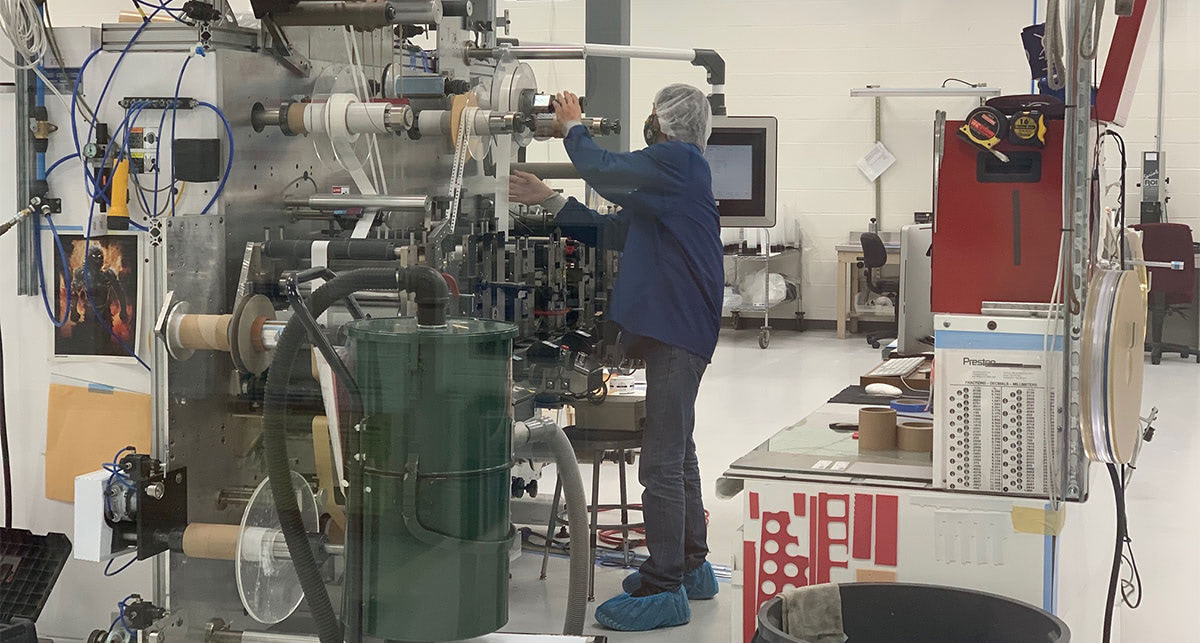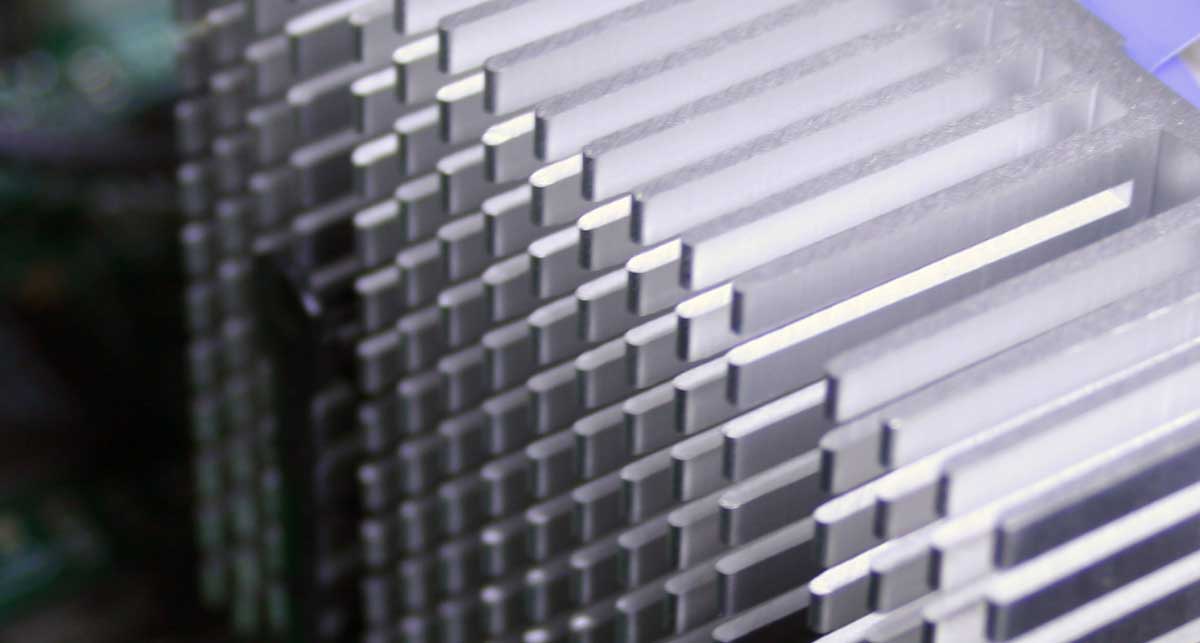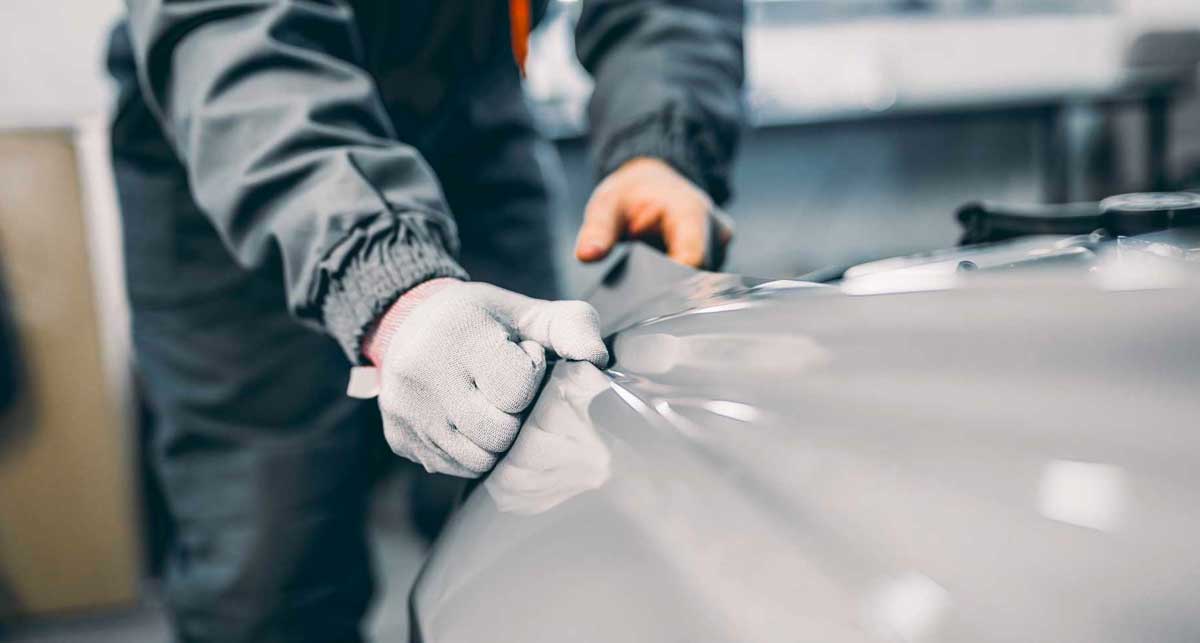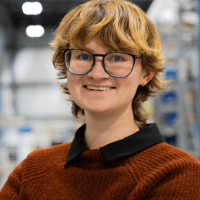1. TOOLING COST
“But wait,” you might be thinking, “Don’t you already own the machines?”
Almost every job requires its own unique die to cut the pieces for the desired part. Think about cutting dough with a cookie cutter: you can’t use a star-shaped tool to make gingerbread men.
DESIGN COMPLEXITY
-
-
- Die cut tools with simple designs cost less than multi-layered, multi-material tools with various holes or slits and tight tolerances.
- The number of layers and the complexity of the part you’re building are both traits of Part Geometry (which includes a part's size, shape, functional features, layers, and other design intricacies).
-
CONFIGURATION OPTIONS
The most straightforward, least expensive tooling set-up for rotary die cutting consists of one die and one material.
-
-
- Reducing the amount of materials you use and/or simplifying layers may significantly reduce your costs.
-
-
-
- Laser cutting and digital knife cutting are hard tooling alternatives
- They can achieve tighter part tolerances for smaller order quantities without the expense of tooling.
- Laser cutting and digital knife cutting are hard tooling alternatives
-
2. MATERIALS COST
Material costs account for an average of 70-80% of total costs. For some applications and startups, this is an enormous financial burden.
Strouse works around suppliers’ Minimum Order Quantities (MOQs), which determine the amount of product we have to buy.
Early in your product’s lifecycle, the amount of material included in the MOQ is often more than what we need to build your order. In these cases, Strouse either factors the MOQ into the total material cost or uses a smaller distributor at a higher price point.
THE PRICE OF DIE CUT MATERIAL WASTE
Every stage of die cut production generates waste, from setup tests to any leftover material. However, we still want to reduce setup waste as much as possible to help you stretch your dollar as far as possible.
-
-
- Also, the type of material you choose can increase your final price because it may require more advanced processing methods.
-
3. LABOR TIME
As the part complexity increases, so does the complexity of the press assembly. For example, one job might only need a flatbed press, whereas another may require three rotary dies and a laser.
- A simple job could only take an hour to prep
- A complicated top-tier job could take 20+ hours in press assembly
Set-up, testing, run time, and breakdown, which make up the labor time, are determined based on the complexity of the part geometry and production volume.
How is the Price Per Part (PPP) Calculated?
At Strouse, die cut production costs are calculated from set-up, testing, run time, and breakdown. Three of these stages require very hands-on labor from our experienced operators, so we have relatively fixed costs for the time spent on machine set-up, testing, and breakdown, regardless of how many parts you order.
So, why do higher quantities give you a lower price per part?
The Price Per Part (PPP) mainly depends on set-up costs and the number of units ordered. The more parts we produce, the more you benefit from the fixed costs you will pay regardless of quantity.
How Packaging Affects Your Price
Packaging prices vary based on the quantity, complexity, and customer specifications.
- You may get price breaks on packaging as quantity increases, but this is variable.
- Multi-step configuration scenarios increase your total packaging costs.
- Medical parts often require packaging and wrapping that meet cleanliness standards.
What You Should Know Before Purchasing Die Cut Parts
Before you request a quote:
- Understand what you want your solution to accomplish
- Provide crucial information upfront
- Include a technical drawing or sketch (with labeled dimensions!) for a quicker process
These things will help your converter reliably source the right material and build an effective part.
Now that you understand how the pricing breakdown works, you can get the most value out of your order.
If you’re looking for a converter who will keep you informed and involved throughout product development and production, get a quote from Strouse. Our team will help optimize your production process while delivering high-quality, sophisticated parts that suit your intended application.
If you have any questions about pricing, you can check out our more detailed pricing explanation or contact us, and we’ll follow up shortly.
Originally published: November 29, 2022







